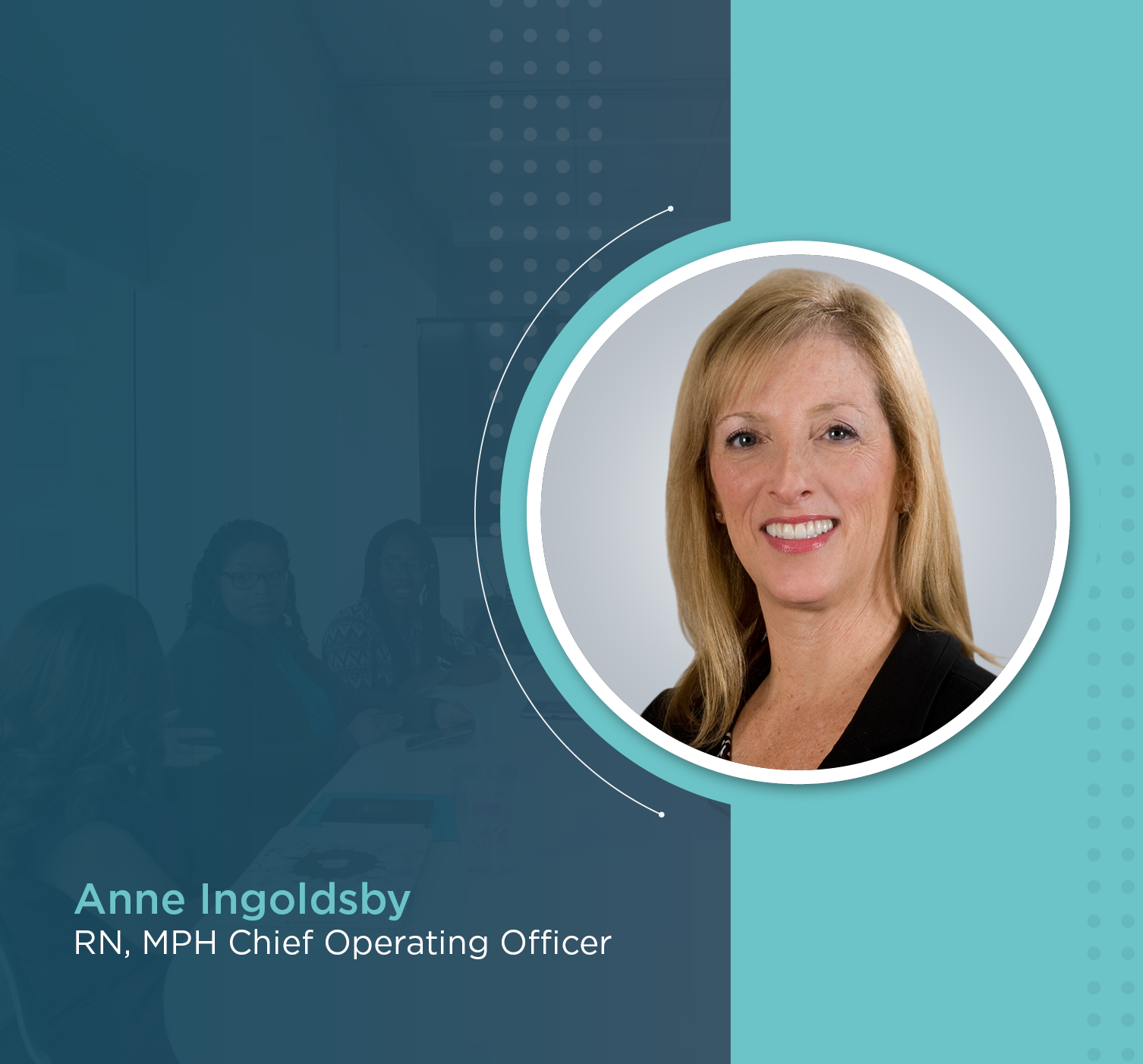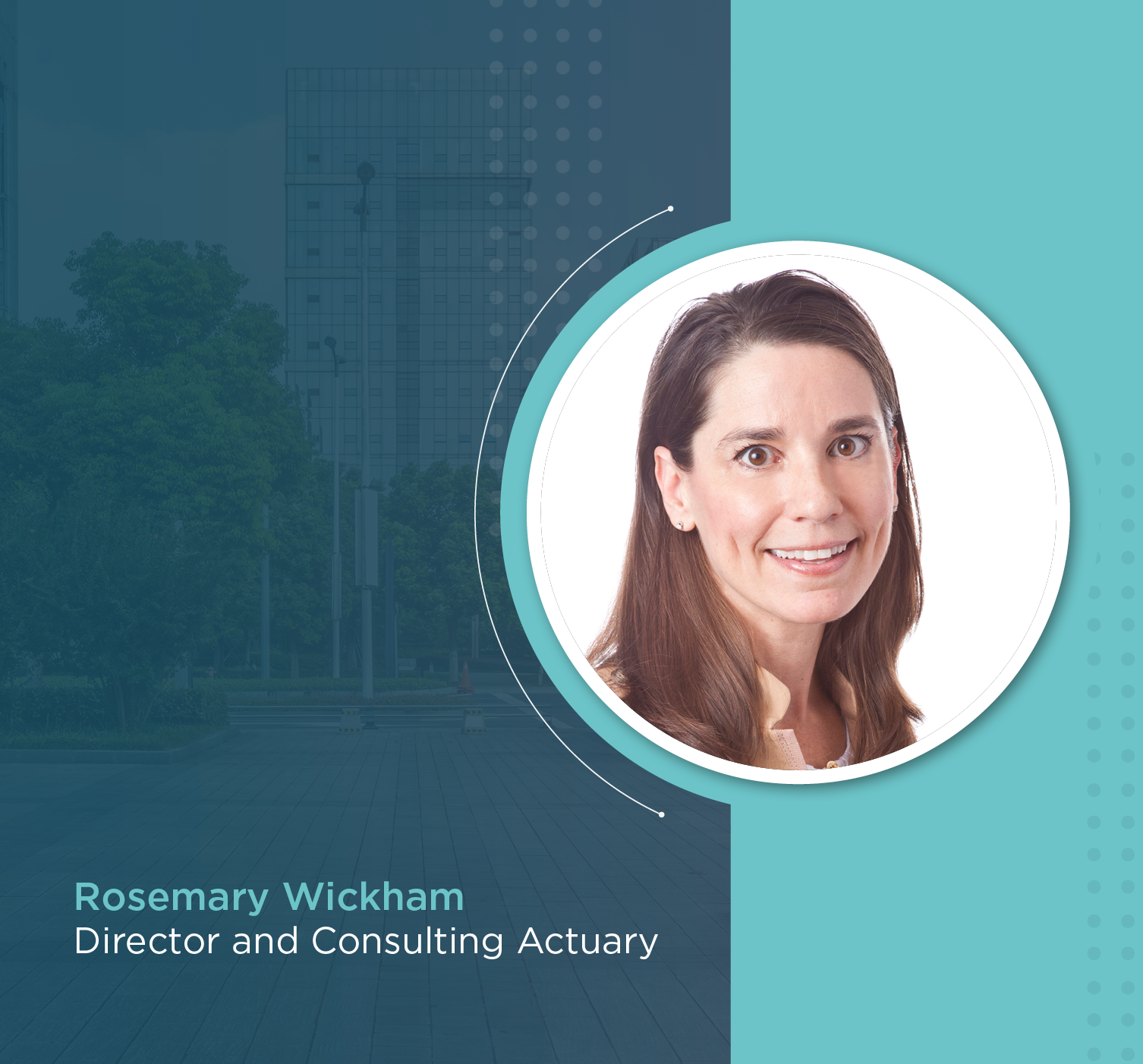Women’s History Month - Celebrating Women Who Tell Our Insurance Story
March 1st 2023
Few people realize that Women’s History Month has been celebrated in the U.S. since 1987 when Congress passed a resolution for March to be a time to reflect on the often-overlooked contributions of women to United States history. Each year since, the President also makes a proclamation that honors the extraordinary achievements of American women. The National Women’s History Alliance unofficially established the observance in 1980 and develops a theme each year. This year’s theme is “Celebrating Women Who Tell Our Stories.” The organization acknowledges that for far too long, women have been silenced and their history somewhat invisible. So, here’s the story of a few key fearless women that have influenced the insurance industry in the U.S.
The American insurance industry hasn’t always been kind to women. In fact, it wasn’t until 1839 that individual states began passing the Married Women’s Property Act, which allows life insurance proceeds to be passed to a widow without being subject to the demands of the husband’s debtors. Despite not always being treated fairly, there are notable American women that made waves in the industry almost from the start.
In 1892, Bina West Miller, a 25-year-old schoolteacher founded the Women’s Benefit Society. Miller was infuriated by the inability of average women to secure life insurance in the late nineteenth century. She became remarkably determined to change this during a time when women could not vote for president, did not have the same property rights as men, and could not serve on juries. She first created women’s auxiliaries for the Fraternal Society of the Maccabees and then formed an umbrella organization called the Women’s Benefit Association of the Maccabees. An October 7, 1916, advertisement claimed that every dollar went to homes “in time of want and distress. We cannot begin to record the deeds of loving kindness and sympathy that have gone hand in hand with these disbursements.” The organization continued to evolve, offering women a support network in addition to life insurance.
In 1908, Minnie Cox and her husband started the Mississippi Beneficial Life Insurance Company, the first African American owned life insurance company in Mississippi. After he died in 1916, she led the company, expanded its services to nearby states, added training programs, and organized and held district meetings for her agents. Minnie faced enormous challenges during a time when the insurance industry’s mantra was that women were meant to be cared for; therefore, it was a man’s duty to get life insurance. She was also a successful Black woman during Jim Crow, which stirred harsh backlash. But Minnie was undeterred. She grew Mississippi Life Insurance into the third-largest, Black-owned insurance company by 1923.
During the Great Depression, life insurance companies saw gains while the property and casualty side faced significant losses, especially following the stock market crash. However, by 1933 auto premiums and fire insurance began to grow. The 1940s saw a rash of insurance regulation and federal oversight legislation, not to mention the debate over whether life insurance was a federal or state concern. World War II made things even more difficult because of war-time tax increases, decreases in the insurance workforce, and gasoline rationing. But with men deployed overseas, women seized the opportunity to join the workforce. Women took the insurance industry by storm as customers, sales representatives, and home-office workers.
In 1940, women purchased over 900,000 ordinary life policies, accounting for 20% of all sales. The policies were predominantly purchased by women under the age of 30. By 1942, women accounted for 30% of total life insurance sales, and by 1944, women were buying 83% more life insurance than they did in 1942. In 1947, Mildred McAfee Horton was elected to the first female director at New York Life Insurance Company.
By 1955, there were approximately 800 life insurance firms in the U.S., and by the end of the decade, there were well over 1,000 life insurance companies. In 1957, Viola Mitchell Turner became the first women elected to the board of directors for North Carolina Mutual Life Insurance Company. She has overcome racism within the company, pay inequality, and was ridiculed when she wisely shifted company assets to stocks; a male colleague at the time condescendingly called it “her little project.”
In the 1960s, one-third of insurance industry employees were women, but primarily in clerical roles. In 1963, 25 of the 1,325 fellows of the Society of Actuaries were women. The Atlanta Daily World printed an article on February 5, 1963, titled, “Girls! Career In Life Insurance Beckons To You,” that talked about the wide variety of careers available to women in the insurance field.
Women in the insurance industry have come a long way, but there remains room to improve. According to the Million Women Mentors Women in Insurance Initiative, women comprise more than 60% of the insurance industry but hold only 19% of board seats, 11% of named insider officer positions, and 12% of top officer positions. Also, only 8% of insurance companies have formal programs to develop strong careers for women. Women in insurance earn 62 cents for every dollar earned by men. A recent study of women working in independent insurance agencies found four key areas were most important to them: representation and fostering women’s career development, recognition and appreciation of women’s contributions, compensation and pay equity, and satisfaction and a good work/life balance.
This month, perhaps by sharing the stories of women that have and continue to break down barriers in the insurance industry, we can work together to bring this issue to the forefront.
-
January 23rd 2023
Davies Expands its Global Technology Offering with Acquisition of U.S. Claims Management Software Provider, ClaimPilot
Nashville, TN – Davies, the leading specialist professional services and technology business, serving…
-
January 24th 2023
Four Key Takeaways from Florida’s Legislative Property Insurance Overhaul
There are new property insurance rules for Florida’s insurance carriers requiring elaborate document…
-
December 20th 2022
The Legal Gymnastics of Faked Car Accidents
Originally published in Claims Litigation Management Magazine (December 2022). Reproduced with permission of the…
-
March 17th 2023
Women's History Month: Interview with June Jamian
Can you tell me a little about what you do and how long…
-
March 29th 2023
Women's History Month: Interview with Anne Ingoldsby
At her very core, Anne Ingoldsby, COO of Davies Life & Health, is…
-
March 31st 2023
Why Insurance Carriers Should Pursue Subrogation (and Why You Need a Subrogation Partner)
Subrogation is a tricky one to explain to those unfamiliar with the ins…
-
February 15th 2023
The People Behind Davies: Interview with Rosemary Wickham, Director and Consulting Actuary
In celebration of Be An Actuary Month, we interviewed Rosemary Wickham, Director and…
-
September 12th 2024
Davies appoints Paul O’Brien as the firm’s first Group Chief AI Officer
Davies, the leading specialist professional services and technology company, has today announced the…
-
January 2nd 2025
Davies appoints Matt Button as Deputy Group CEO as firm invests for the future and unveils its Vision-2030 strategy
Davies, the leading specialist professional services and technology company serving insurance and highly…
-
October 8th 2025
Health Insurance & Right of Recovery for Self-Insured Employers
When onboarding new employees, self-insured employers often focus on the essentials—payroll, benefits enrollment,…
-
December 9th 2025
Premium Leakage: Finding the Holes with a Second (or Third) Set of Eyes
We have some of the most talented premium auditors in the country. Auditors…










